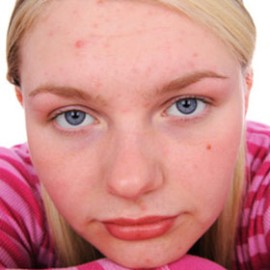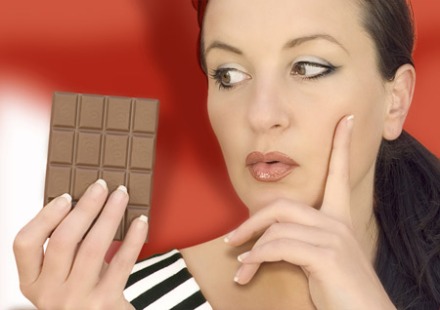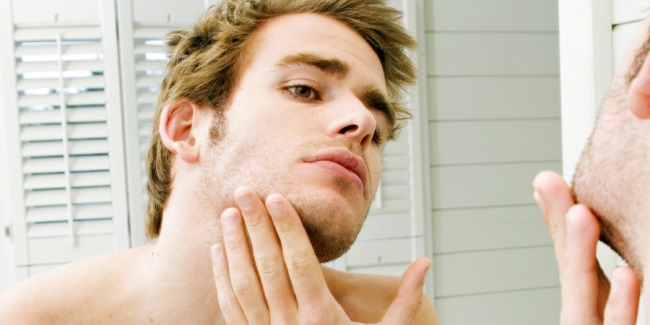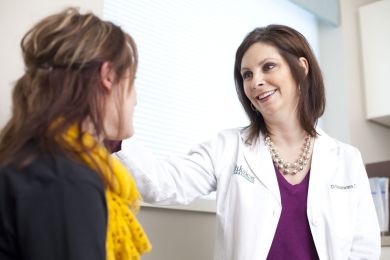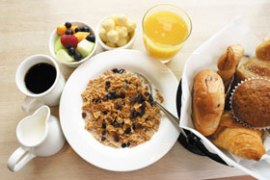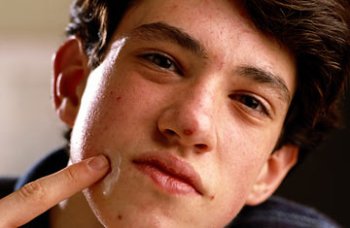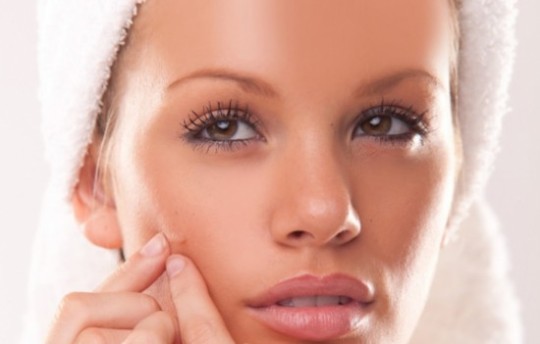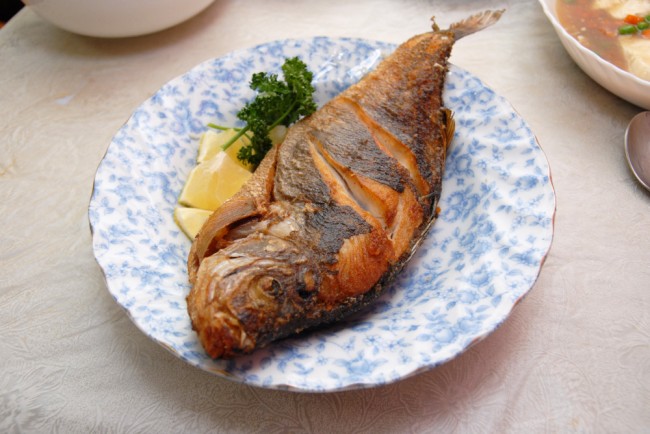Acne is the most common skin problem most of us encounter. It affects all ages, races and genders. With this, a lot of acne treatments have been developed to cure acne. Some of it do not guarantee results which leave acne unresolved. Thus, many researches are being conducted to address this concerns and to discover factors causing acne.

Acne Nano-system
Today existing Acne products contain ingredients such as Salicylic Acid, Benzoyl Peroxide, and Sulfur. These substances aim the reduction the skin inflammation but not the cause factors. Acne is a complex skin disease. BIONOVA developed Acne nano-system composed of two levels: First level contains targeted Nanocomplexes treating factors causing acne (primary pathogenetic) [e.g. Anti-Bacterial, Keratolitic, Oil Skin Regulator, and Anti-Inflammatory].
The secondary level (e.g. Antioxidants, Amino-Acids, Vitamin-Coenzyme, Skin Barrier System, HDL) assists the primary level to fight acne. Nanocomplexes of the secondary level normalize the skin basic metabolism and enhance the protective function of the skin.
This approach, in combination with OTC Active Ingredients, allowed the creation of a treatment line that finally covers multiple cause factors of Acne Vulgaris.
Products
BIONOVA’s Acne products provide with long-lasting effective treatment. The presence of specially Acne targeted NANO-COMPLEXES™ restores the skin healthy functioning.
The biological activity of products is adjusted to Gender + Age Group + Skin Type + Skin Problem.
BIONOVA’s Acne Treatment products for Face & Body target multiple acne-causing factors and help:
- Improve metabolism of dysfunctional skin cells
- Exert strong anti-bacterial effects
- Control skin oil by reducing sebum production
- Purify obstructed skin pores and unclog bacteria-filled pores
- Prevent/Minimize Acne Scar formation and help reduce the appearance of already formed Acne Scars.
- Enhance skin self-healing ability
BIONOVA offers complete Acne regimen that consist of the Cleanser, Activator and the Mask.
Source: http://www.prnewswire.com/news-releases/bionova-new-solution-to-acne-treatment-205590501.html





